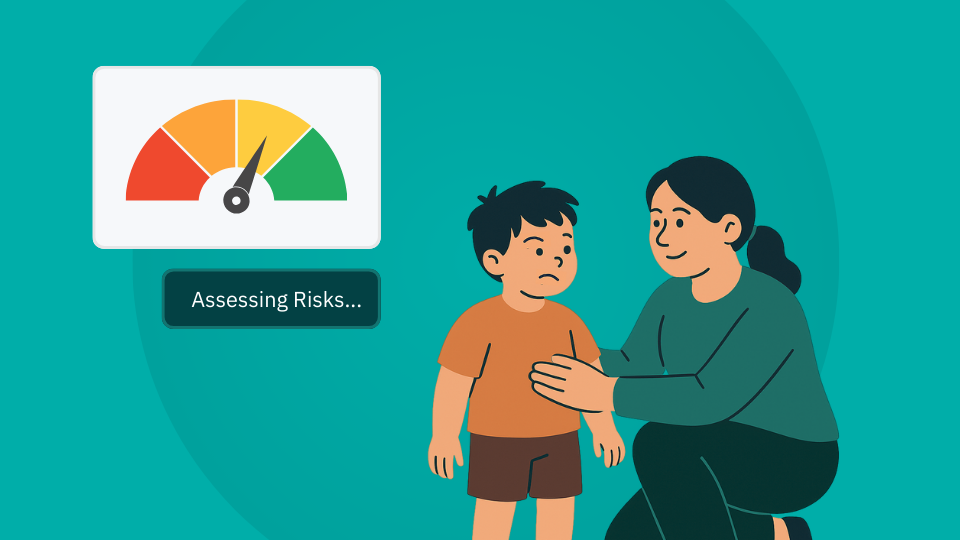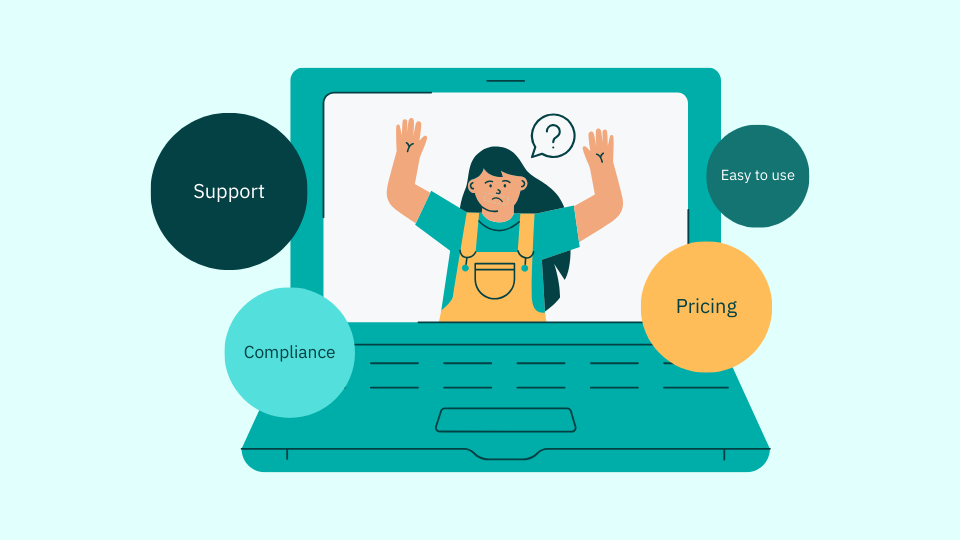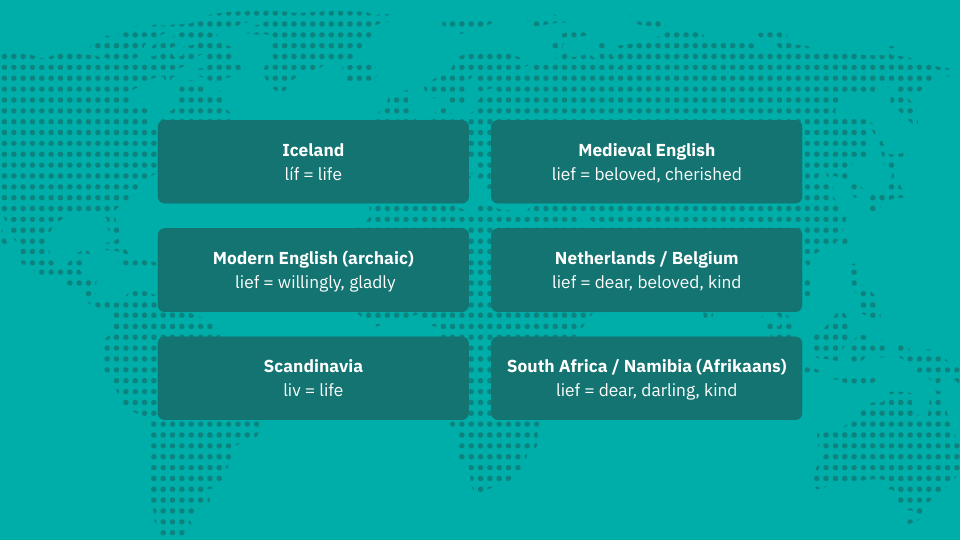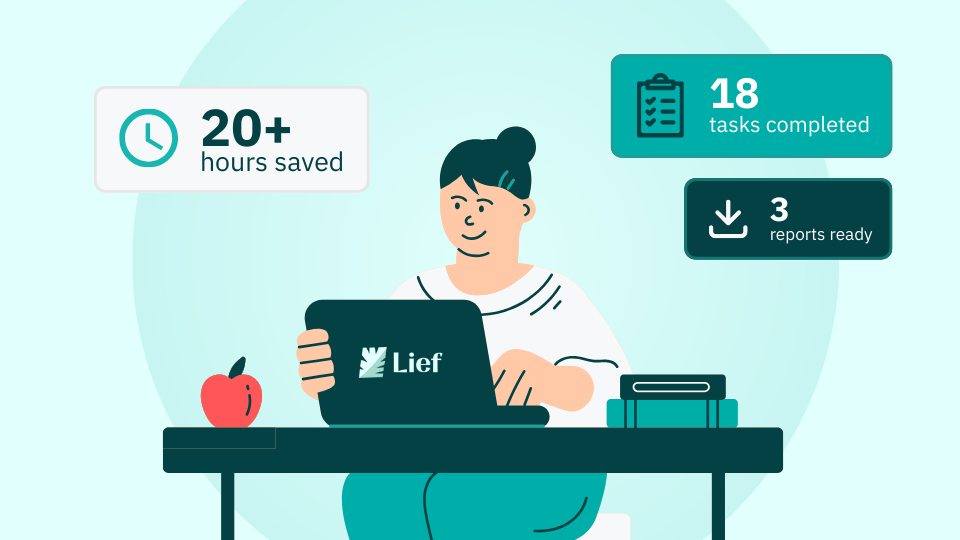Why This Guide Matters
Working in supported accommodation means helping young people manage the challenges of independence while keeping themselves and others safe. Whether you’re supporting care leavers, unaccompanied asylum seekers, or young people at risk of exploitation, homelessness or reoffending, effective risk assessment is a core part of your role.
Unlike children’s homes, supported accommodation often involves lower levels of supervision, meaning risk assessment must consider what happens outside of staff presence. This guide brings together the best practices, tools and legal context to help you create supportive, realistic, and rights-respecting risk plans.
👥 Who This Guide Is For
This guide is tailored for staff working in:
- Semi-independent 16+ services
- Housing-led supported accommodation for 16–25-year-olds
- Leaving care services
- Specialist housing projects (e.g. for young refugees, those leaving custody, or young parents)
- Organisations offering floating or visiting support
It’s suitable for:
- Key workers and support workers
- Team leaders and service managers
- Local authority pathway coordinators
- Housing officers working alongside support teams
- Personal advisers for care leavers
1. Start with the Bigger Picture
Before jumping into risk categories, take a moment to understand each young person’s situation, including:
- Pathway Plan or equivalent support plan
- Legal status (e.g. care leaver, asylum seeker, custody release)
- Emotional and mental health history
- History of missing episodes, exploitation, or substance use
- Education, employment or training engagement
- Any previous tenancy breakdowns or evictions
This helps ensure your risk assessment is proportionate, grounded in the young person’s context, and responsive to their long-term goals.
🔍 SCIE highlights the importance of involving young people in risk conversations and recognising that risk is fluid and changes over time.
2. Identify Risks by Theme
Supported accommodation often requires risk assessments that reflect both personal safety and practical living challenges.
Common risk areas include:
Area | Examples |
Missing episodes | Staying out without contact, periods of disengagement |
Mental health / self-harm | Isolation, suicidal thoughts, medication misuse, trauma linked to their journey to the UK |
Exploitation | Risk of sexual or criminal exploitation, grooming |
Substance use | Drug use on or off site, alcohol dependency |
Aggressive behaviour | Verbal or physical aggression to staff or others, racial abuse from the wider community |
Tenancy risk | Non-payment of service charges, damaging property |
Financial exploitation | Scams, loan sharks, coercive relationships |
Online activity | Unsafe contact, extremist content, image sharing |
Visitors | Unauthorised people staying over, gang involvement |
Fire safety | Unsafe cooking, smoking indoors, arson history |
3. Use a Clear, Practical Risk Assessment Format
A simple format helps staff use the assessment actively, not just file it away.
Include the following:
- Description of the risk
- Likelihood (low, medium, high)
- Impact (on the young person, others, or tenancy)
- Known triggers or patterns
- Protective factors (relationships, coping skills, routines)
- Actions or boundaries in place
- Staff responsibilities
- Review date
Keep your language clear and specific. Risk categories like “vulnerable to exploitation” should be broken down into what that looks like in real life, e.g. “Responds to messages from unknown adults on Snapchat.”
📌 The Riskex guide to young person risk assessments recommends plain language, consistent reviews, and person-centred plans.
4. Balance Safety with Independence
Supported accommodation exists to build independence. That means managing risk without removing responsibility. The goal is not zero risk, but well-supported, informed decisions.
Use risk assessments to:
- Prepare young people for potential challenges (e.g. peer pressure, budgeting)
- Set fair boundaries (e.g. visitor rules, curfew agreements)
- Clarify what support is available — and when
- Promote personal accountability
Be transparent with young people about why risks are assessed, how the plan works, and when it will be reviewed. Use it as a tool for empowerment, not just restriction.
5. Involve the Young Person
Involving the young person increases engagement, promotes ownership and improves outcomes.
Here’s how:
- Invite them to reflect on their own safety and independence needs
- Discuss past incidents without blame
- Explore what helps them stay calm, connected, and in control
- Co-create strategies together, including what staff should do if things go wrong
You can do this in key work sessions, informal chats, or alongside their pathway planning meetings.
6. Work with Partners and Share Safely
Supported accommodation staff often work alongside other services. Your risk assessment should reflect insights from:
- Social workers or personal advisers
- Youth offending teams
- Mental health professionals
- Housing providers or tenancy support teams
- Education and employment services
- Police or community safety teams
Always follow your organisation’s data protection policy when sharing or requesting sensitive information. Clear information-sharing improves safety planning and prevents duplication.
7. Keep It Live and Useful
Risk assessments should be reviewed regularly, especially:
- After a serious incident
- When a young person moves in or out
- When support levels change
- If other professionals raise concerns
- Before move-on or transitions to independent living
Make sure all staff supporting the young person are familiar with the latest version. Print summaries or action plans can be useful in handovers or on-call packs.
✅ Final Risk Assessment Checklist
- Risks are clearly defined and grounded in real-life behaviours
- Likelihood and impact are rated and explained
- Triggers, patterns and protective factors are identified
- Action plans are practical and tied to available support
- Young person has contributed in some way
- Other professionals’ insights are included
- The assessment is reviewed regularly and after key incidents
- The plan balances risk reduction with personal responsibility
- The plan supports both safety and progress toward independence
In Summary
A good risk assessment is one of the most important tools you have. It’s not about predicting everything. It’s about building understanding, reducing harm, and helping young people move forward with safety, support and dignity.




